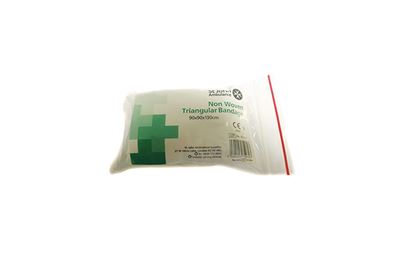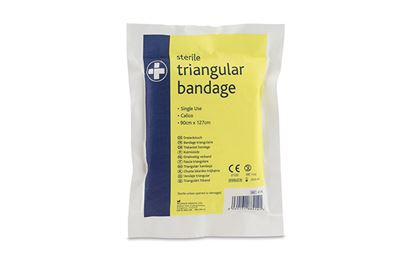![]() Free standard delivery for online orders over £150
Free standard delivery for online orders over £150
${ errors.first('quantity field') }
${ errors.first('quantity field') }
${ errors.first('quantity field') }
${ errors.first('quantity field') }
${ errors.first('quantity field') }
${ errors.first('quantity field') }
${ errors.first('quantity field') }
${ errors.first('quantity field') }
${ errors.first('quantity field') }
${ errors.first('quantity field') }
${ errors.first('quantity field') }
${ errors.first('quantity field') }
Learn how to use bandages
Hand - bandage
When you have hurt your hand, you can use a roller bandage to hold a dressing in place, or to support a sprained wrist. Find out what to do.
Elbow and knee bandages
Elbow and knee injuries such as sprains and strains can be supported by a roller bandage. Find out how to do elbow and knee bandages.
Arm sling
An arm sling holds the forearm in a raised or horizontal position and can support an injured upper arm, forearm and wrist. The sling is also a useful visual warning to others that someone is injured.



















